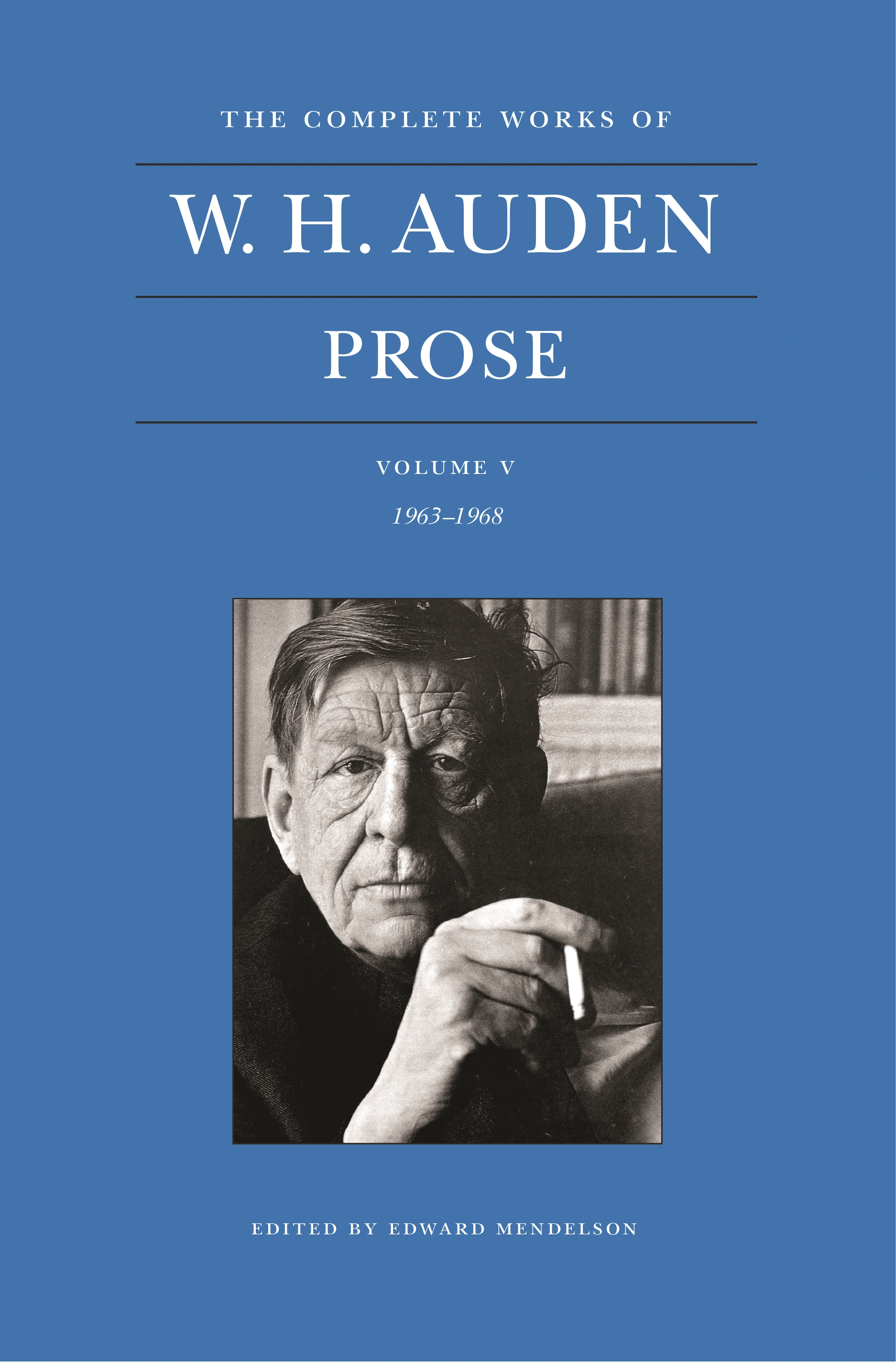


Auden wrote a long poem called “In Memory of Sigmund Freud,” which captures how deeply Freud and his ideas have permeated culture. And even though they haven’t read his books, most people are still familiar with his concepts, like the Oedipus complex, the ego, the phallic symbol, and the Freudian slip. Though he’s fallen out of favor in the scientific community, many of his revolutionary concepts - like the idea of the unconscious, the interpretation of dreams, and the idea of repressed feelings causing harm - have entered our culture and our literature. Though some versions of talk therapy are still used, most psychologists and psychiatrists have rejected his theories: only about 1 per cent of people in therapy are being treated using Freudian methods. He had many pupils in the early 20th century notable among them were Alfred Adler and Carl Jung, but both of them eventually broke with Freud. People tend to hold very strong opinions about Freud, pro or con. What made his ideas so revolutionary and controversial was that he didn’t just apply them to mentally ill patients, but to all human beings, even himself. He believed that their unconscious mind would reveal itself in various ways, through slips of the tongue, jokes, and especially dreams. Over the next few years, he developed the idea that his patients were not conscious of all their desires and fears, that many of their own thoughts were hidden from them in their unconscious mind. The woman herself named this process of storytelling “the talking cure.” Then one of Freud’s colleagues told him about a patient named Anna O., whose hysterical symptoms had improved when she told stories about her life. He learned the method of hypnosis himself and began to treat patients, but he had little success.

Seeing that a patient could be talked out of his or her symptoms gave Freud the idea that the symptoms were a product of the mind and not the body. Freud learned that some doctors were using hypnosis to treat hysteria, and he went to France to observe the use of hypnosis firsthand. He became interested in psychology, especially in a mental illness called hysteria, which caused patients to suffer from tics, tremors, convulsions, paralysis, and hallucinations. Freud wrote several books, including The Interpretation of Dreams (1899), Jokes and Their Relation to the Unconscious (1905), and Civilization and Its Discontents (1930).įreud started his professional life as a medical doctor, but as a Jew, he knew his prospects in medicine were probably limited. He then moved to London, where he died of throat cancer in 1939. He’s usually associated with Vienna, where he lived from the age of four until the Germans occupied it in 1938. It’s the birthday of Sigmund Freud, born in Freiburg, Moravia (now part of the Czech Republic), in 1856. © Louisiana State University Press, 2016. “Red Never Lasts” by Anya Krugovoy Silver from from nothing.


 0 kommentar(er)
0 kommentar(er)
